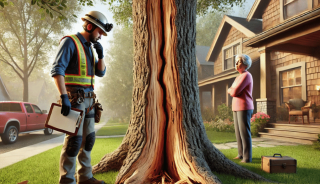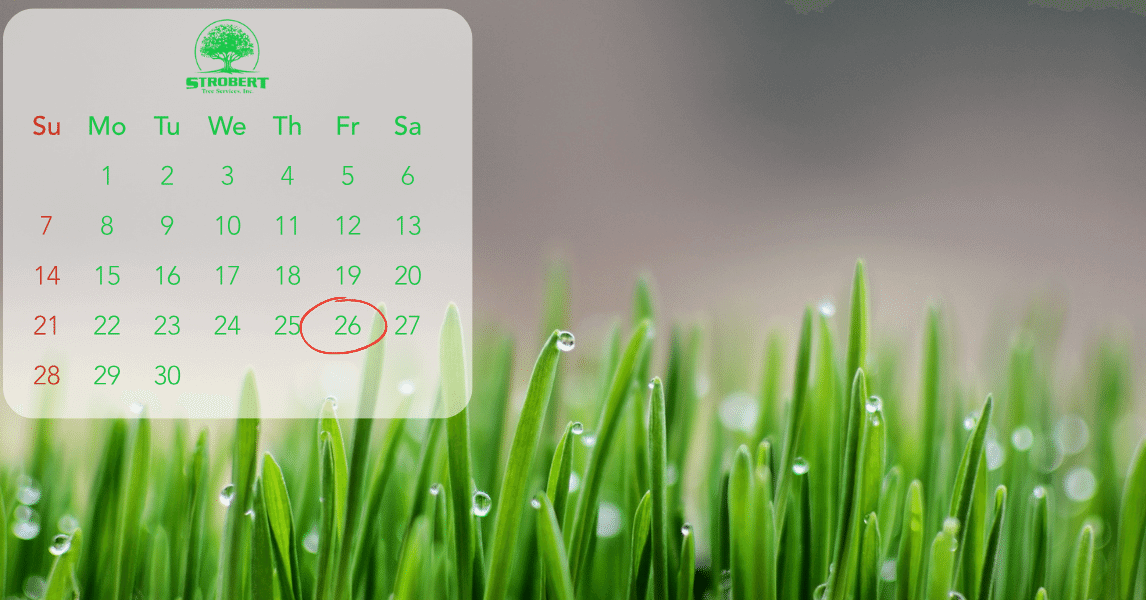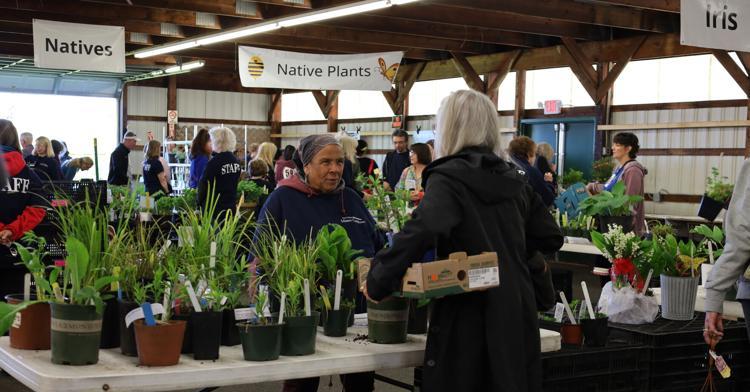A split tree trunk can be a serious problem. If left untreated, it can lead to disease, decay, or even the loss of the tree. The good news is that many trees can recover with the right care. Here’s a simple guide on how to repair a split tree trunk.
Causes of Tree Trunk Splitting
Tree trunks split for many reasons. Some common causes include:
- Storm damage – Strong winds, heavy rain, or snow can break branches and crack the trunk.
- Frost cracks – Sudden temperature changes cause the bark to expand and contract, leading to splits.
- Heavy limbs – Large branches put stress on the trunk, especially if the tree is unbalanced.
- Mechanical injury – Accidents like lawnmower damage or improper pruning can weaken the tree.
- Pest infestations – Insects and diseases weaken the wood, making it more likely to break.
Understanding the cause helps prevent future damage.
Splitting Tree Solutions
Before you begin repairs, assess the damage. If the tree is badly split or rotting, removal may be the best option. However, if the damage is recent and the tree is otherwise healthy, you can take steps to fix it.
Here’s how to repair a split tree trunk:
- Close the wound – Bring the split sections back together.
- Support the tree – Use bolts, cables, or a splint to stabilize the trunk.
- Protect the wound – Keep pests and diseases out while the tree heals.
- Monitor growth – Check the tree regularly and provide care as needed.
These steps can save a tree and help it grow strong again.
Tree Repair Tools and Materials
To repair a split tree trunk, you’ll need the right tools. Here’s a list of common items:
- Ratchet straps or rope – Helps pull the trunk back together.
- Bolts and washers – Provides a permanent hold for large splits.
- Tree bracing rods – Strengthens the trunk and prevents further damage.
- Wood glue or grafting tape – Seals small splits and encourages healing.
- Pruning shears or saw – Removes broken branches and cleans the wound.
- Tree wrap or burlap – Protects the trunk from further injury.
Having these tools ready makes the repair process easier.
Tree Wound Repair Techniques
- Pull the Trunk Together
For minor splits, wrap a strong rope or ratchet strap around the tree. Tighten it slowly to bring the split sections back together.
2. Bolt the Tree
For deep splits, drill holes through both sides of the trunk. Insert long bolts with washers to hold the wood in place. Use at least two bolts for stability.
3. Install a Brace
For severe damage, install bracing rods above and below the split. This prevents further separation.
4. Trim Damaged Areas
Use pruning shears to remove broken branches and jagged bark. This helps the tree heal faster.
5. Seal the Wound
For small cracks, apply wood glue or grafting tape. Avoid wound dressings like tar, as they can trap moisture and cause decay.
6. Support the Tree
Use stakes or guy wires to support the tree if it leans. This prevents additional stress on the trunk.
7. Water and Fertilize
Keep the tree healthy with regular watering and balanced fertilizer. This encourages strong growth and healing.
Patience is key. It may take months or years for the tree to fully recover.
Tree Health Assessment
After repairing a split trunk, monitor the tree for signs of stress. Look for:
- New growth – A sign the tree is recovering.
- Wilting leaves – Could indicate internal damage.
- Fungal growth – Shows possible decay inside the trunk.
- Insect activity – Pests can weaken the tree further.
If the tree worsens, it may need professional care.
Contact Strobert Tree Services
Not sure if your tree can be saved? Call Strobert Tree Services. Our certified arborists offer pruning, removal, and healthcare services. We’ll assess your tree and provide the best solution.
Protect your trees. Contact us today!











